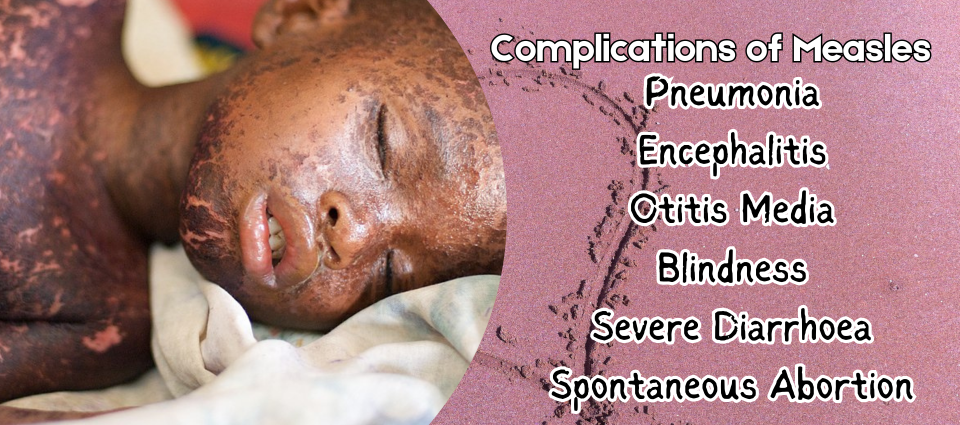Measles is an acute fever viral illness that is extremely contagious, preventable, and also goes by the name rubeola. Particularly in Southeast Asia and Africa, it continues to be a significant contributor to worldwide death and morbidity. Despite the fact that there is a vaccine that works, it nevertheless causes over 100,000 deaths per year. In the community, unvaccinated child populations continue to be the source of outbreaks caused by imported diseases. Most countries require reports of measles cases.
People are more susceptible to infection because of the way it spreads and how long it can stay in the air. Due to its high contagiousness and innate infectious effectiveness, there are yearly epidemics all throughout the world, particularly among the unvaccinated. In addition to experiencing clinical symptoms, a person exposed to measles also runs the risk of developing other consequences. Worldwide, it is still the primary cause of death for children under the age of five. Survivors may experience neurological, lung, or gastrointestinal issues.
Supportive care is the only treatment for this disease; there is no specific antiviral medicine. As a result, the clinician must comprehend their part in prevention. This entails comprehending the pathophysiology, identifying the disease, recognizing its nature, immunizing those who qualify for vaccinations, and being able to start early assessment and treatment in order to treat the patient at hand as well as lower the risk of the disease spreading.
The majority of people recover from this illness with little side effects. However, the case fatality rate for undernourished, immunocompromised, and pregnant women’s children has been reported to reach 12% in impoverished nations. This is linked to measles-related illnesses such as encephalitis and respiratory failure. Infected pregnant women have the risk of intrauterine mortality, spontaneous abortion, and early birth.
Individuals with impaired immune systems, expectant mothers, and small children are most vulnerable to problems. Diarrhea, laryngotracheobronchitis, pneumonia, otitis media, encephalitis, and subacute sclerosing panencephalitis are among these side effects. Measles-related pulmonary involvement is frequent and can result from either the virus itself or from bacterial superinfection later in the illness (eg, pneumonia linked with common bacterial pathogens). After the first measles infection, otitis media frequently results in bacterial otitis media, which is a superinfection.
When measles persists for several years after the initial infection, the central nervous system becomes infected, leading to subacute sclerosing panencephalitis. White matter demyelination is an early discovery that has a subtle onset and can lead to atypical behaviors, seizures, myoclonic movements, dementia, coma, and even death. Within one to three years following diagnosis, subacute sclerosing panencephalitis will inevitably result in death. Viral pneumonia, subsequent bacterial pneumonia, and postviral encephalitis are frequently the causes of measles-related deaths.
Because there is a reliable, affordable, and efficient vaccination available, measles can be prevented. The vaccine, which comes in two forms (MMR and MMR-V), is a live attenuated strain of measles that can be administered alone or in combination. The World Health Organization advises receiving two doses of the measles vaccine starting at 9 to 12 months of age, and 15 to 18 months in nations where the disease is still highly contagious in the first year of life. In affluent nations like the US, the first vaccination is administered between the ages of 12 and 15 months and the second between the ages of 4 and 5 years.
By 2020, the Global Vaccine Action Plan of the World Health Organisation had aimed to eradicate measles and rubella in five WHO regions. The population’s vaccination rates need to be between 93% and 95% in order to eradicate the measles.

